Questionhello. I have really considered getting a new corn snake and i was wonder if you could tell me everything i need for it and the approximate costs.
AnswerYou can pay anywhere from 20.00 to 2000.00 for corn snakes depending on the morph that you want. They make great pets. Here is a care sheet that I found online, it is pretty detailed. Let me know if you have further questions.
Corn snakes, also known as red rat snakes, Elaphe guttata guttata, are one of the easiest snake species to keep in captivity. No other snake has the variety of color and pattern morphs that the corn does. Adult corns generally attain lengths between 3.5 and 4.5 feet long. Research keeping corn snakes before getting one and I recommend a captive hatched snake over a wild one. Captive bred corns are generally parasite and disease free and you help reduce the damage to wild habitat done by collectors and catchers by discouraging wild snake sales.
HOUSING
Corn snakes are resourceful escapists so be sure the cage you get has a secure and tight fitting lid. Snakes in general require fresh air, but too much ventilation can cool the cage unacceptably. If your only ventilation is on top of the cage, you should be using an under tank heater for your primary heater. For hatchling corn snakes a small enclosure with adequate ventilation will be suitable. Until they reach 24" in length a cage 12" by 8" will suffice. Remember, these neonate snakes can escape any cage with gaps or holes the size of their snout. When they are adults the cage length should be approximately 1/2 the length of the snake. A 15 or 20 gallon aquarium with a locking lid is adequate space for an adult corn. As a substrate for the cage remember the three "don'ts". CEDAR, ANY BARK, SAND and GRAVEL. These are either toxic to your snake or are not absorbent, therefore promoting the growth of bacteria. Folded newspaper while not aesthetically pleasing is sanitary, inexpensive and convenient. Be sure to put many layers on the bottom of the cage so as to create a barrier between snake and heat source if you're using an under tank heater. Aspen beddings are natural and absorbent substrates that most breeders and keepers use. Pine shavings are sometimes used, but I only recommend them for adult snakes. There is talk lately about the toxic properties of pine and fir. Especially when it gets in your pets drinking water. Avoid using BARK forms of pine and fir. The most toxic chemicals in those trees are concentrated in the bark and can harm your pets. You only need to remove the soiled portions of the beddings routinely and only have to completely change the contents periodically. Let your eyes and nose dictate the frequency of maintenance. Each cage should also contain a water dish that is large enough for the snake to submerge in. Your snake will soak in the water when the cage is too hot or sometimes to soften skin before shedding. The water should be changed at least twice a week or more if it gets soiled or cloudy. City tap water often contains chlorine and fluoride that can be harmful to your snake. It is recommended that you at least dechlorinate tap water or bottled water. Do not use distilled water. Distilled water lacks valuable minerals essential for proper nutrition in your pet. Water softeners add too much sodium to the water. Snakes have poor long-range eyesight and therefore do not like to be in the open. A hide is advisable for the mental health of your snake. A piece of bark or an empty box of appropriate size will suffice. Most pet shops sell decorative plastic or ceramic hides that will enhance the looks of your vivarium, but be sure they are large enough that you can safely free them in case you want to remove them from their hide. In the wild, corn snakes climb for many reasons, but in captivity climbing is not necessary. In the wild, they climb to escape detection by predators and prey, to find prey and to cool or warm their bodies. If you use a branch in the cage, your snake will be able to get closer to the top so recheck any gaps around the lid and be sure the lid is weighted or locked down.
HEATING
Heat is the most important element in the success of keeping snakes alive and healthy. In the wild, they prefer daytime temperatures between 79 and 85 deg. F. Nighttime temperatures can fall to 70 deg. F. with no ill affects. I prefer to keep the temperatures the same in the cage day and night and as the temperatures in the house fall at night, the slight change will not adversely affect your snake. If you don't use a thermostat to control the temperature, I recommend that you have an under tank heater under one side of the tank. These are designed to be on all the time. If you supplement the heat with a light over the tank, put it over the heated side or slightly toward the center. Be sure there is one side of the vivarium that has no heat so the snake can cool off if necessary. The instinct for a snake to hide is often greater than their sense to be in the right temperature so be sure the hide is not in the hottest or coldest part of the enclosure. Observe all cautions on the label or box of the under tank heater and light to avoid the risk of fire. HOT ROCKS are dangerous as they concentrate the heat in one place and contact burns to your snake as a result can be deadly. Whatever you use, it is recommended that you have a thermometer in the cage near the bottom of the tank and on the inside. It is preferable to place the thermometer DIRECTLY ON the substrate in or near the warm-side hiding place. You don't need to know the cage temperature six inches above your snake or on the outside of the glass where your snake hopefully cannot go. Essentially, you are taking the snake's body temperature by monitoring the temperatures in or near the hide they frequent most. All snakes will benefit from fluorescent UV light, but it is not necessary for corns. Corn snakes are considered to be nocturnal and for thousands of years have not required direct sunlight to survive.
FEEDING
In captivity corn snakes should be fed captive bred rodents only. Wild lizards, birds and rodents can transfer parasites to your snake. If your snake refuses domestic rodents consult a professional to recommend temporary alternatives. Hatchling corns will eat one mouse pink (newborn mouse) once or twice a week. They will often want more, but feeding more than this can be dangerous to the health of your snake unless you have adequate temperatures and space for exercise. A rule of thumb regarding the size you feed is that the "lump" from the prey item should be visible for 12 to 24 hours after feeding. If it is not visible during this time, you may need to move up to the next size rodent. If the "lump" is still visible after several days, it might be advisable to reduce the size of the prey. Prey items that are too large can result in regurgitation as the rate of decomposition exceeds the rate of digestion and there isn't room for the swelling meal. It is advisable to feed prekilled or stunned rodents, as there is a slight possibility of damage from the prey during the kill. If you feed live prey, be sure not to leave the snake unattended. If the snake refuses the rodent for any reason, remove it and offer it on another day. If your snake unexpectedly refuses food, consult a professional for advice. Do not repeatedly offer what it does not want to eat as the snake may become conditioned to not want that prey item in the future and you may be wasting valuable time in correcting potential health problems. Corn snakes can fast for long periods, but only if they have to. I recommend that you establish a routine feeding schedule. You don't have to adhere to it strictly, but long periods of fasting are not recommended unless you are brumating your snake in preparation for breeding under proper temperature conditions.
BREEDING
Corn snakes are one of the easiest snakes to breed in captivity. Consult a breeder or a good corn snake book if and when you are ready to breed your snake. Remember, after the offspring hatch they are an enormous responsibility and if you don't know what you will do with the babies, don't breed the adults. Breeding is not necessary for their health and you don't want to be responsible for the deaths of the babies because you were unprepared to maintain them or otherwise couldn't find a good home for them.
Enjoy your corn snake. This care sheet is not intended to be completely informative. Read as many books as you can on corn snakes prior to getting one. Be sure you're ready for the snake before you get it and your experience will be rewarding.

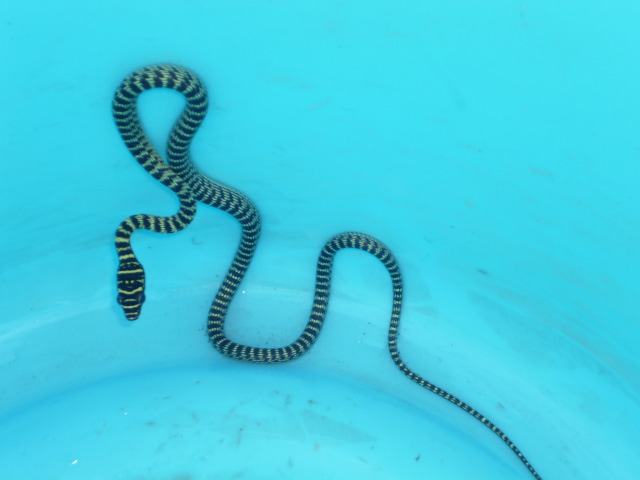 what snake is this
Question
snake
hi
I live in Vietnam and this li
what snake is this
Question
snake
hi
I live in Vietnam and this li
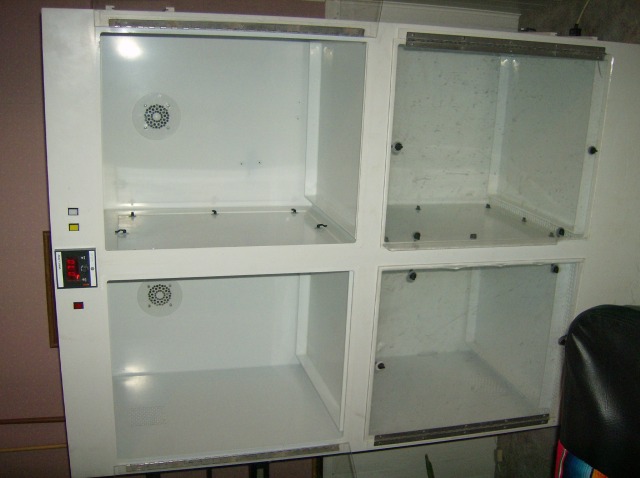 Another question from the high school teacher
QuestionQUESTION: Ok so I have a small ball python in m
Another question from the high school teacher
QuestionQUESTION: Ok so I have a small ball python in m
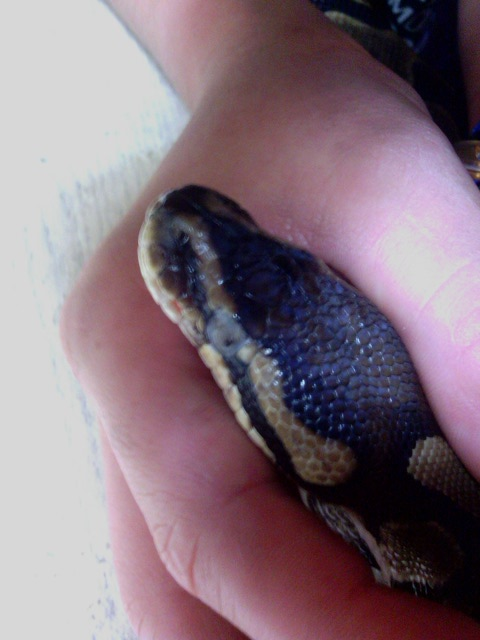 adult ball pythons eyes
QuestionQUESTION: My ball python milo is about 4 feet l
adult ball pythons eyes
QuestionQUESTION: My ball python milo is about 4 feet l
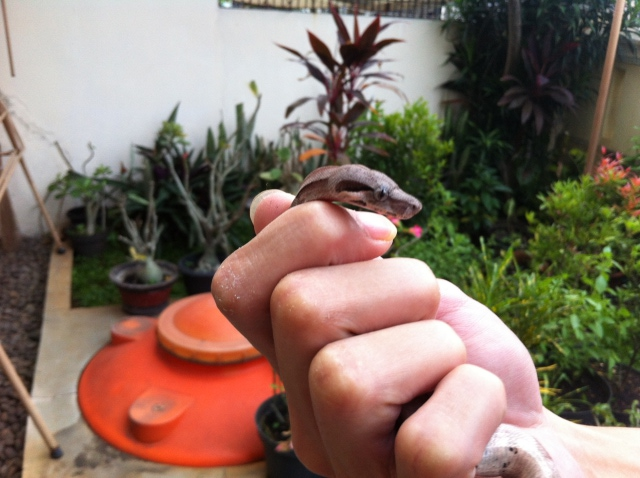 Boas eye different
QuestionQUESTION: Hi, i just got a baby boa couple week
Boas eye different
QuestionQUESTION: Hi, i just got a baby boa couple week
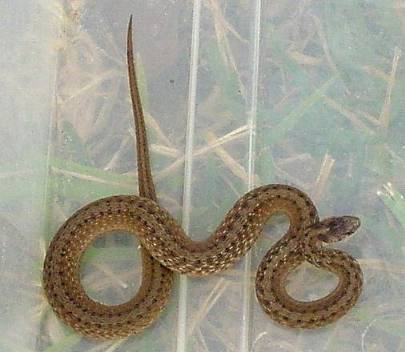 Eastern Brown Snake
QuestionQUESTION: I found a brown snake while mowing gr
Eastern Brown Snake
QuestionQUESTION: I found a brown snake while mowing gr